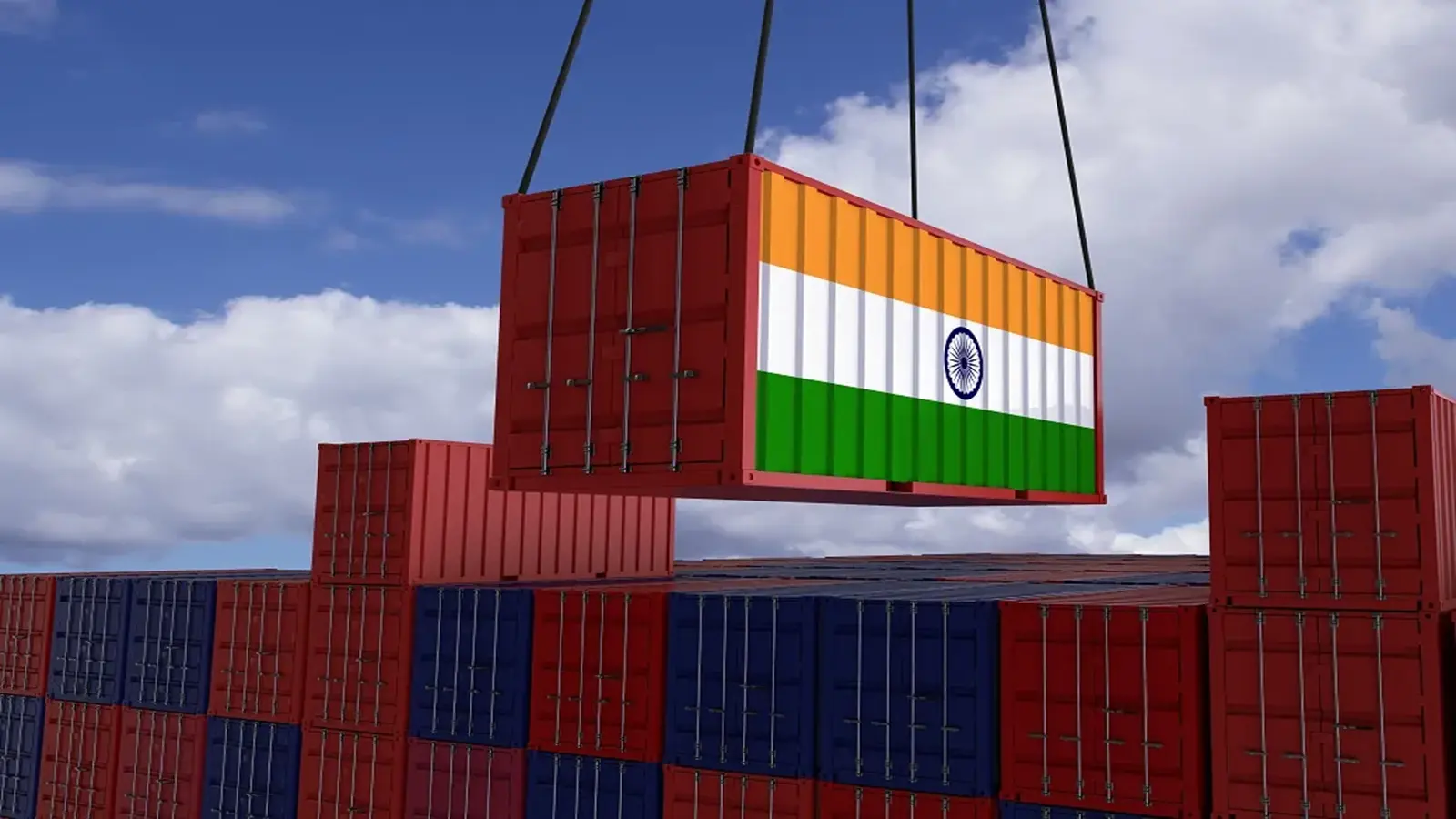INDIA’S STORY EXPORTS OF BEDLINEN OF MANMADE FIBRES
Share Post
India’s performance in the export of bed linen made of manmade fibers has faced several challenges.
Poor Performance:
• Export Decline: India’s exports of bed linen made of manmade fibers have seen a decline, with a notable contraction in 2023 compared to 2022.
• Market Share: Despite being one of the largest producers of manmade fibers, India’s share in the global bed linen market is not as significant as that of leading exporters like China.
Reasons for Poor Performance:
• Structural Factors: Low technological adaptability and the absence of technology-intensive foreign investment have been major hindrances.
• Competition: India faces stiff competition from countries with undervalued currency policies, which retain their export competitiveness. • Global Trends: High inflation in developed regions, falling demand in key markets, and geopolitical tensions have also contributed to the slowdown. Challenges:
• Quality Standards: Maintaining consistent quality standards while producing various types of fabrics has been a primary challenge for the industry.
• Domestic Focus: There has been a reliance on domestic production to meet growing demand, which may have affected the focus on exports.
Future Trends:
• Market Growth: The Indian bed linen market is estimated to grow at a CAGR of 8% during the forecast period (2024-2029), indicating potential for improvement in exports.
• Consumer Awareness: Increasing consumer awareness about hygiene and health, and rising disposable incomes are expected to drive demand for quality bed linen.
• Technical Textiles: There is a trend towards technical textile products that offer better quality and product lifecycle, which could improve the export potential.
In conclusion, while India has faced challenges in exporting bed linen made of manmade fibers, there are positive signs for the future. With the right strategies and focus on quality, innovation, and market expansion, India can enhance its position in the global market.
11:42 AM, Sep 09
Other Related Topics


Foreign Buyers Forge New Ties at UP International Trade Show
04:21 PM, Sep 30
Government Extends RoDTEP Export Incentive Scheme Until March 2026
03:35 PM, Sep 30


5.PNG)
























.png)




31.PNG)

31.PNG)



51.PNG)
41.PNG)





1.PNG)



1.PNG)

